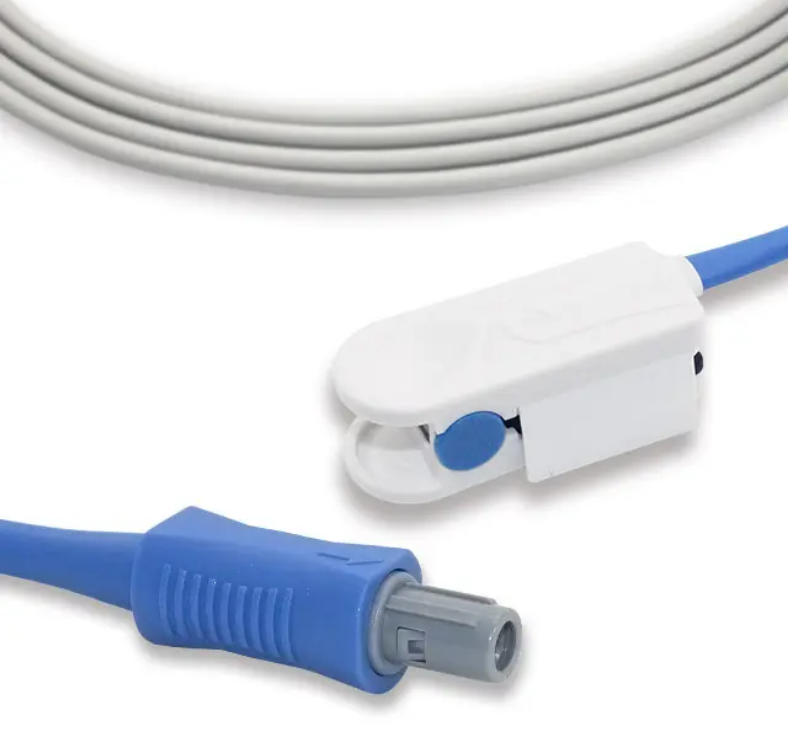With the rapid development of the medical industry today, the development of measuring blood oxygen saturation technology is a fundamental progress. We can accurately measure people’s blood oxygen saturation and further help patients treat respiratory diseases. Blood oxygen probes have been widely used in related medical fields. But even the most accurate devices are subject to certain environmental and physiological conditions, and blood oxygen probes are no exception. Below, we will briefly talk about some factors that affect the measurement accuracy of the blood oxygen probe, and how to mitigate the influence of these factors during measurement.
brightness of light
To take an oxygen reading, the SpO2 probe clips onto the patient’s finger and starts emitting low infrared light. This light penetrates the skin and counts the number of oxygenated blood cells flowing through the body’s veins. At this point, the bright light of the environment will dilute the infrared light, making the sensor likely to give false readings. Therefore, it is recommended to avoid placing the blood oxygen probe near strong bright light sources during use.
probe placement
How the probe is placed during the test will also affect the accuracy of the blood oxygen saturation. Depending on the type of SpO2 sensor being used by the patient, it needs to be securely attached to the patient’s finger, toe, or ear for optimal use. Wearing it too loose or placing it on an inappropriate part of the body can prevent light from being transmitted properly, which can also lead to incorrect measurements. For more detailed information when using the Yomai SpO2 probe, please refer to our product instruction manual.
Nerve Blocking Drugs
Certain types of medications can also cause the device to read incorrectly. If the patient is taking nerve-blocking or blood-thinning medications, these substances, while good for a particular disease, can also have side effects that affect a person’s blood flow. When the flow rate is lower than the average value, the measured blood oxygen saturation data may be abnormal.
increase exercise
The increased amount of exercise during the test can also speed up the patient’s blood flow and make it more difficult for the oxygen probe to get accurate oxygen saturation levels. Therefore, patients are advised to sit in a resting position while measuring blood oxygen saturation and to avoid moving around while the device is operating.
Finger and Skin Conditions
Accessories worn by the patient on the fingernails may also be another factor affecting the accuracy of the oxygen saturation, namely false nails or thick nail polish. These materials can reflect light back to the sensor while the device is still operating, preventing it from fully penetrating the finger. Therefore, these items must be cleaned when these patients use the finger-clip blood oxygen probe to measure, so that the blood oxygen probe can work normally. Secondly, factors such as skin pigmentation, skin thickness, and skin temperature will also affect the accuracy of blood oxygen saturation.
Post time: Dec-15-2022


